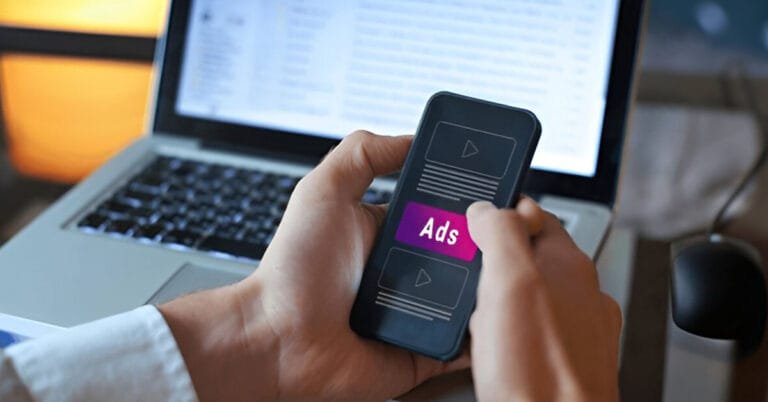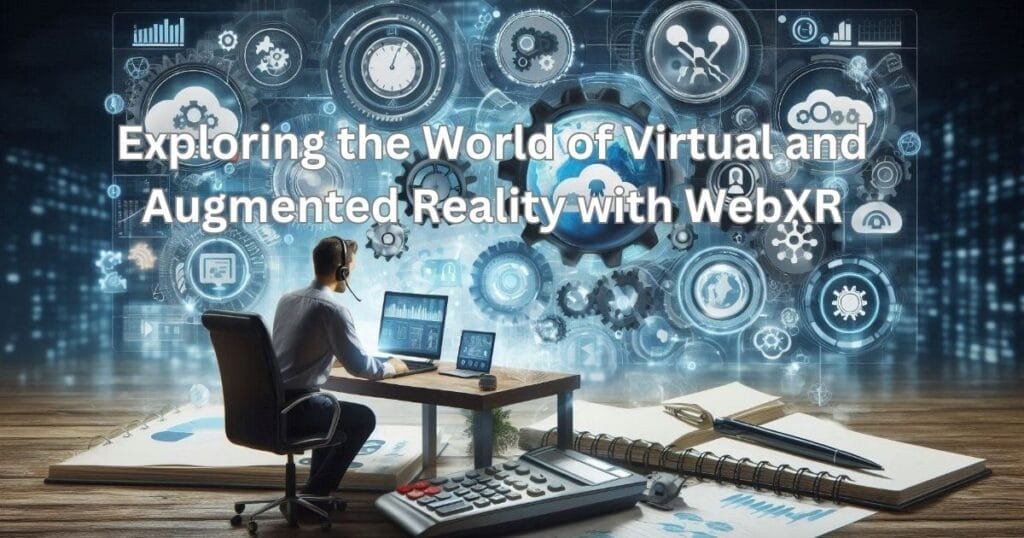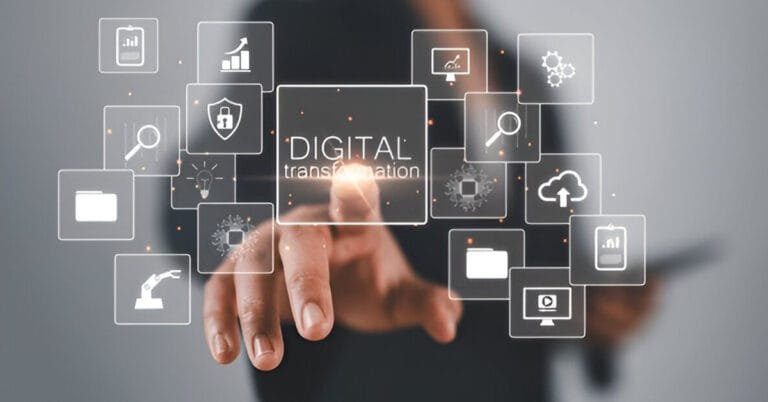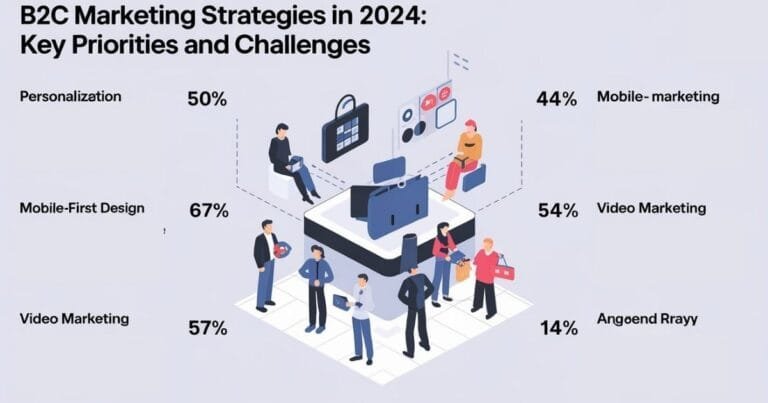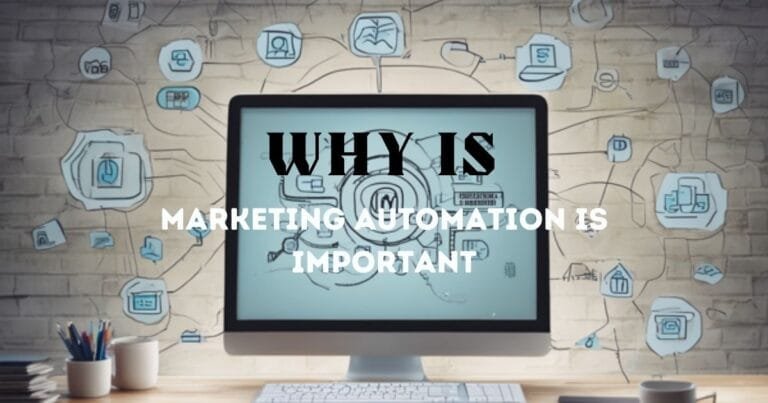Technology has significantly evolved over the years, and today, we can interact with virtual and augmented reality environments through simple setups like our web browsers. One standout technology in this space is WebXR, which stands for Web Extended Reality.
This presents a fantastic opportunity for businesses to create immersive experiences for customers without requiring them to download unique apps or buy expensive software. For example, you can showcase products in a virtual showroom or allow customers to see how furniture would look in their homes using AR technology. All that’s needed is a device that supports virtual and augmented reality.
Are you curious about how WebXR works? The technology relies on the WebXR Device API, the engine behind these exciting experiences. Let’s delve deeper into how it operates.
How Does WebXR Work?
The WebXR Device API manages how 3D content is displayed, controlling frame rates and motion tracking to ensure a smooth user experience. This API connects with hardware like VR headsets and AR-enabled phones, ensuring everything runs efficiently.
For instance, when someone wearing a VR headset turns their head, the API quickly adjusts the scene to reflect that movement. This provides a seamless and immersive experience.
Are you ready to elevate your user experience? Codewave specializes in XR development, creating engaging solutions that captivate customers. Check out our XR services to learn more.
So, the WebXR Device API is fundamental in bringing AR and VR experiences to life in your browser. Its role is simple yet powerful: it allows you to access virtual and augmented reality devices directly through the web. Let’s look at its features to understand how it works better.
Features of the WebXR Device API
Let’s explore some key features of the WebXR Device API:
- XRView: Bringing Virtual Environments to Life
XRView acts like a camera for your virtual world. It controls what users see based on their position and movements. XRView ensures users can look around and interact with a 3D environment as if physically present.
For instance, if a customer uses an AR app to visualize furniture in their living room, XRView adjusts the perspective in real time as they move their smartphone. This offers customers a truly immersive product visualization without expensive hardware.
- XRPose: Positioning Virtual Objects Accurately
While XRView manages the user’s view, XRPose focuses on the accurate positioning and orientation of objects within the scene. This feature ensures that virtual objects remain correctly anchored within the user’s physical environment.
For example, in a virtual showroom, if a customer is examining a digital car model, XRPose ensures that the car stays in place as they walk around it, similar to how it would behave in real life. This precise positioning is crucial for retail, real estate, or automotive industries, where accurate spatial placement enhances user experience and drives sales.
- Device Integration for Seamless User Interaction
The WebXR Device API excels at integrating with various hardware, whether it’s a high-end VR headset, AR glasses, or a smartphone. The API adapts to the device’s capabilities, ensuring users have an optimized experience, regardless of their hardware.
This capability is a game-changer for businesses, allowing them to avoid developing multiple versions of their apps for different devices. WebXR ensures that content works across platforms, reducing development costs while increasing reach. Customers can engage with AR or VR experiences without the hassle of downloading apps or investing in costly equipment.
- Real-Time Interaction with the Physical World
The WebXR Device API uses the hardware’s sensors to track real-time user movements. These sensors, including gyroscopes and accelerometers, accurately capture movements like head turns or steps.
For instance, during a virtual property tour, the WebXR Device API tracks their movements, updating the scene dynamically as users walk around the virtual space. This real-time interaction creates a fully immersive experience, allowing users to feel genuinely in the property they view.
For industries like real estate, this capability enables the delivery of realistic virtual tours, increasing user engagement and speeding up the sales cycle by giving customers a clear sense of what a property offers—all from the comfort of their homes.
- Accessibility Through Web Browsers
One of the most transformative features of the WebXR Device API is its ability to deliver immersive experiences directly through web browsers. Users don’t need to download separate apps or install software. With a single click, they can jump into an AR or VR experience, significantly reducing barriers to entry.
This accessibility makes WebXR a powerful tool for businesses aiming to provide seamless customer experiences. Whether in retail, healthcare, or entertainment, this technology allows companies to reach larger audiences with minimal effort. A user needs a compatible device and a web browser to engage with the brand’s virtual or augmented reality content.
If you’re interested in AR, you might also want to explore key trends and innovations in augmented reality to understand the technology and its applications better.
Transitioning from WebVR to WebXR
When WebVR was introduced, it only supported virtual reality content, overlooking the growing popularity of augmented reality. WebXR has now superseded WebVR by supporting both VR and AR, merging the best of both worlds into a single standard.
Technological Capabilities of WebXR
WebXR introduces cutting-edge technology to the web, enabling businesses to create memorable experiences without needing dedicated apps or complicated installations. Let’s see how:
Rendering Real-Time Stereoscopic Views
A standout feature of WebXR is its ability to render real-time stereoscopic views, allowing users to experience 3D content with depth and dimension. Whether using a VR headset or an AR-enabled smartphone, WebXR ensures visuals are realistic and fully responsive to user movements.
For instance, when a user reaches out with a controller to pick up an object in a VR game, the movement occurs smoothly through precise motion tracking.
Device Compatibility
Another key advantage is its compatibility with various devices. Whether users have high-end VR headsets, AR glasses, or simple smartphones, WebXR can accommodate them all. This flexibility allows businesses to reach a broader audience without device limitations.
JavaScript APIs for Enhanced Device Interaction
WebXR’s integration with JavaScript APIs simplifies device interactions for developers. WebXR can access device sensors like gyroscopes and accelerometers through JavaScript, offering accurate and real-time user movement tracking. This enables natural interactions within VR and AR environments, whether using headsets, controllers, or smartphones.
Applications and Use Cases of WebXR
The ability to deploy WebXR experiences instantly on web browsers opens up immense potential for various applications. Here’s how:
In AR art, users can view AR-enhanced artworks directly through their smartphones or tablets, overlaying digital elements onto their surroundings. Imagine customers walking through a gallery where physical and digital art merge or experiencing interactive art installations from home.
Education is another area where WebXR is making significant strides. VR education tools offer students immersive, hands-on learning experiences. For example, a virtual biology lab could let students interact with 3D models of the human body, or a historical simulation could allow them to explore ancient civilizations.
WebXR is also transforming the gaming industry. Developers can create VR and AR games that run directly in browsers, allowing players to jump into immersive experiences without downloading. This instant accessibility enhances engagement through gamified experiences.
Final Thoughts
WebXR is a powerful technology that bridges the gap between virtual and augmented reality and the web. By enabling businesses to create accessible, immersive experiences, it opens up countless possibilities across various industries. Whether it’s enhancing customer engagement, providing educational tools, or transforming gaming, WebXR is shaping the future of how we interact with digital content. As technology advances, embracing platforms like WebXR will be crucial for businesses looking to stay ahead in this ever-evolving digital landscape.
